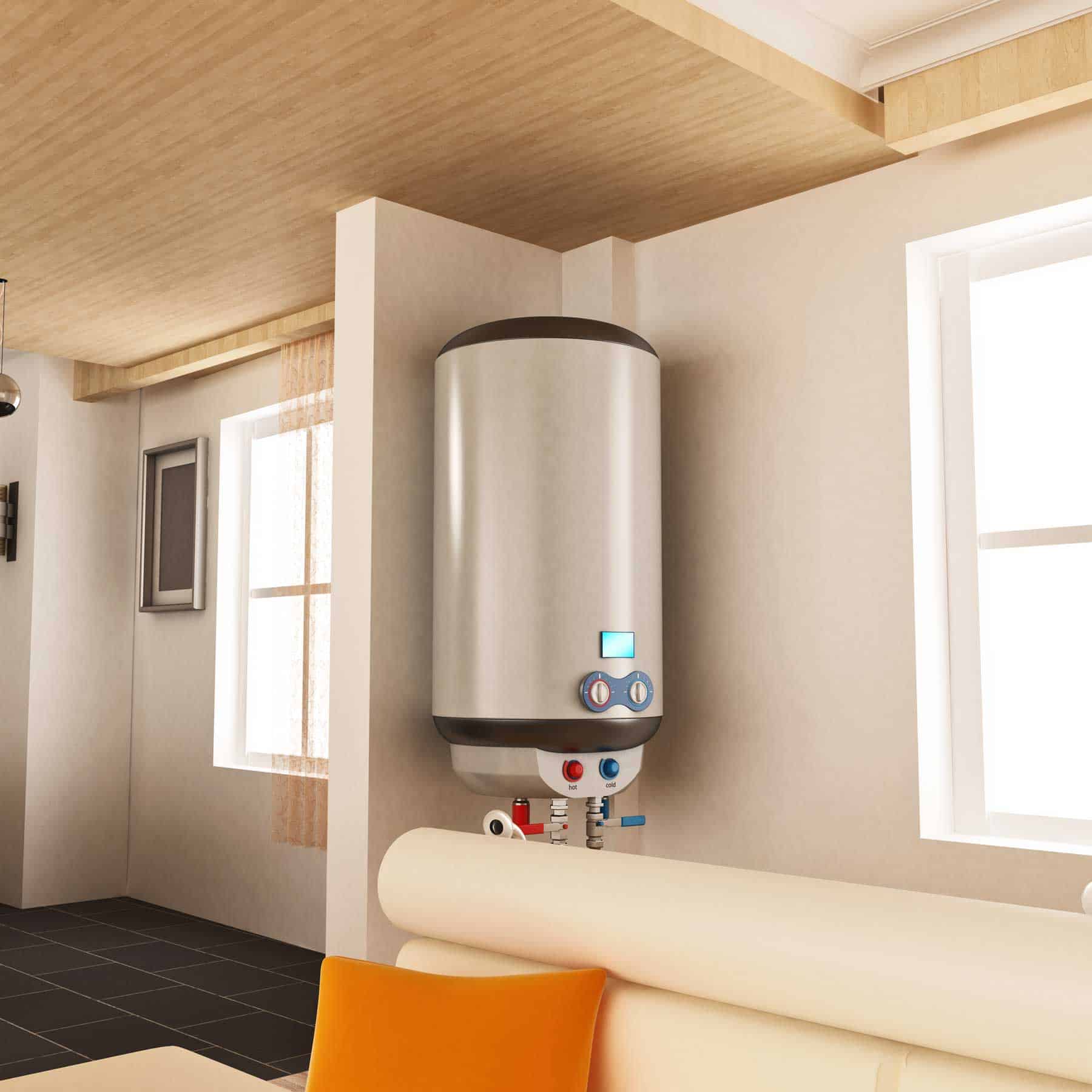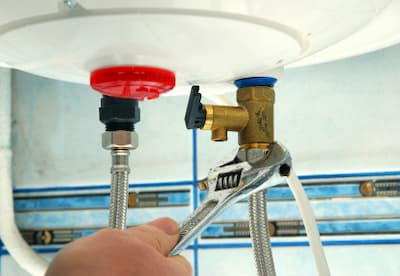Specialist Advice for Maintaining Your Home's Hot Water System
Specialist Advice for Maintaining Your Home's Hot Water System
Blog Article
Almost everyone will have their own individual assumption with regards to Water Heater Maintenance Tips You Can't Afford to Forget.

Hot water is vital for day-to-day comfort, whether it's for a revitalizing shower or washing meals. To guarantee your hot water system runs successfully and lasts longer, routine upkeep is key. This short article gives practical suggestions and understandings on how to preserve your home's warm water system to avoid interruptions and pricey repairs.
Introduction
Keeping your home's hot water system might seem overwhelming, but with a few basic actions, you can ensure it operates efficiently for several years to come. This guide covers whatever from comprehending your warm water system to do it yourself upkeep pointers and recognizing when to hire expert assistance.
Importance of Preserving Your Hot Water System
Normal maintenance not only expands the lifespan of your hot water system yet also guarantees it operates efficiently. Overlooking maintenance can cause lowered performance, higher energy bills, and even premature failure of the system.
Signs Your Hot Water System Requirements Upkeep
Recognizing when your warm water system requires interest can stop significant problems. Watch out for indicators such as irregular water temperature level, weird sounds from the heating system, or corroded water.
Purging the Hot Water Heater
Purging your hot water heater eliminates sediment accumulation, improving efficiency and prolonging its life.
Checking and Replacing Anode Rods
Anode rods prevent corrosion inside the container. Evaluating and changing them when worn is important.
Complicated Problems Requiring Professional Aid
Instances include major leakages, electric issues, or if your water heater is consistently underperforming.
Regular Expert Maintenance Benefits
Specialist upkeep can consist of comprehensive inspections, tune-ups, and making certain conformity with security standards.
Evaluating and Changing Temperature Settings
Changing the temperature setups makes sure optimal efficiency and security.
Do It Yourself Tips for Upkeep
You can do several upkeep tasks on your own to keep your warm water system in top problem.
Checking for Leakages
Frequently examine pipelines and links for leaks, as these can cause water damages and higher bills.
Comprehending Your Hot Water System
Prior to diving into upkeep tasks, it's handy to recognize the basic parts of your hot water system. Commonly, this includes the hot water heater itself, pipes, anode poles, and temperature level controls.
Month-to-month Maintenance Tasks
Regular month-to-month checks can aid catch small issues before they rise.
Evaluating Stress Relief Valves
Examining the pressure safety valve guarantees it operates properly and prevents extreme stress accumulation.
Shielding Pipes
Protecting warm water pipes minimizes warmth loss and can save power.
When to Call a Professional
While DIY upkeep is beneficial, some problems call for professional competence.
Conclusion
Routine upkeep of your home's warm water system is essential for effectiveness, long life, and price savings. By complying with these pointers and knowing when to seek expert assistance, you can make certain a reliable supply of hot water without unanticipated disturbances.
How to Maintain an Instant Hot Water Heater
Before tinkering with your hot water heater, make sure that it’s not powered on. You also have to turn off the main circuit breaker and shut off the main gas line to prevent accidents. Also turn off the water valves connected to your unit to prevent water from flowing into and out of the appliance. 2. When you’re done, you have to detach the purge valves’ caps. These look like the letter “T†and are situated on either side of the water valves. Doing so will release any pressure that has accumulated inside the valves while at the same time avoid hot water from shooting out and burning your skin. 3. When the purge valves’ caps are removed, you have to connect your hosing lines to the valves. Your unit should have come with three hoses but if it didn’t, you can purchase these things from any hardware or home repair shops. You can also get them from retail stores that sell water heating systems. Read the user’s manual and follow it to complete this task properly. When the hosing lines are connected, open the purge port’s valves. 4. You should never use harsh chemical cleaners or solutions when cleaning your unit. Make use of white vinegar instead. It should be undiluted and you’ll probably use about 2 gallons. 5. Now flush your water heater. This task should probably take about 40 minutes. We can’t give you specific directions for this because the procedure is carried out depending on the type, model and brand of your heater. With that being said, refer to the user’s manual. 6. When you’re done draining the unit, you have to turn off the purge port valves again. Remove the hosing lines that you earlier installed on each of the water valves. Put the valve caps (purge port) back in their respective places and be very careful so as not to damage the rubber discs that are found inside these caps. 7. Now that everything’s back in place, check your user’s manual again to find out how to reactivate your water heating system. 8. Once it is working, turn one of your hot water faucets on just to let air pass through the heater’s water supply pipes. Leave the tap on until water flows smoothly out of it. https://www.orrplumbing.com/blog/2014/september/how-to-maintain-an-instant-hot-water-heater/

I'm very excited about Tips on Maintaining a Water Heater and I'm hoping you liked our entry. Do you know anybody else who is interested by the topic? Take a moment to promote it. Many thanks for your time. Please come by our blog back soon.
Click Report this page